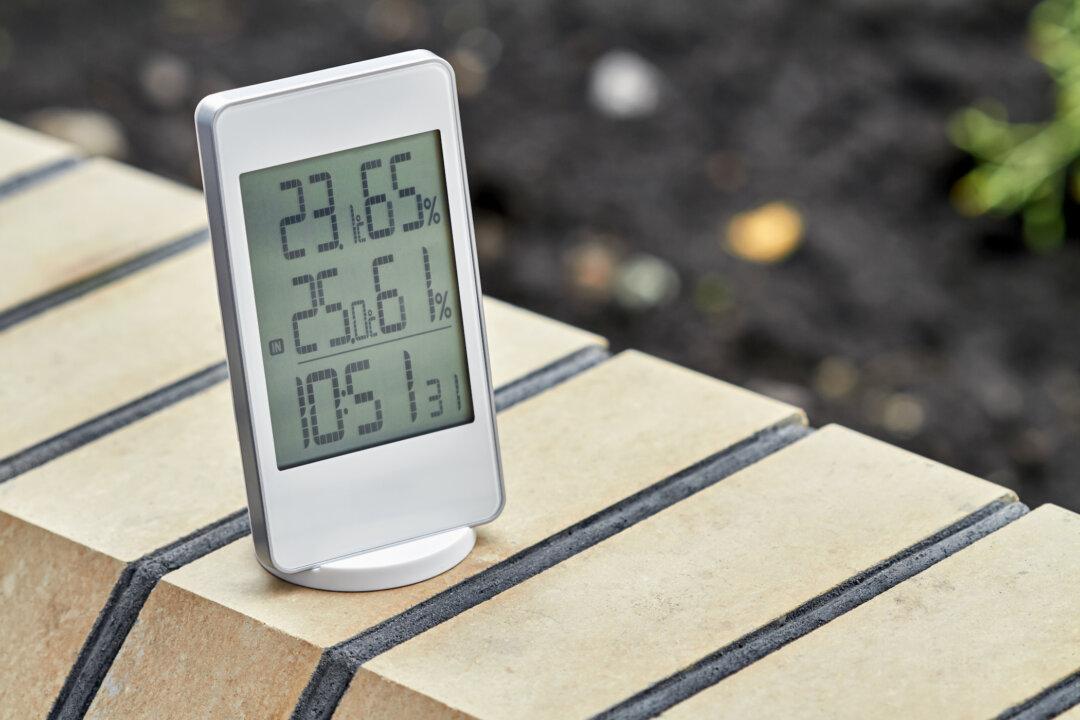Q: I am thinking about getting my husband a home weather station because he’s a big gardener and is always concerned about the wind and rain. Any suggestions? Are they accurate?
A: I have used a home weather station for many years and have given them away as Christmas presents. There are two divisions to the term “home weather station.” First, there are stations that look like a tablet that sit on the kitchen counter and display such things as the temperature, humidity, and the forecast. They may come with a separate module that’s located outdoors to give a reading on the display of the outdoor temperature and humidity. I have one of these, and I use the separate module in my greenhouse so that I can quickly check on the greenhouse without having to go there. It has settings to warn me if the temperature goes higher or lower than the temperatures that I set.





